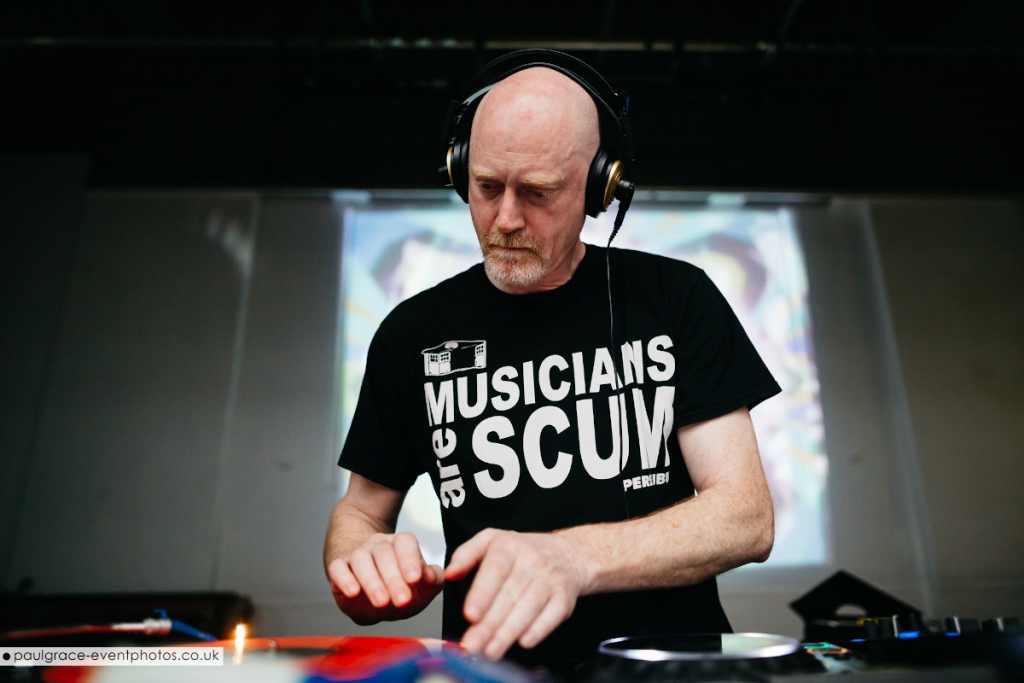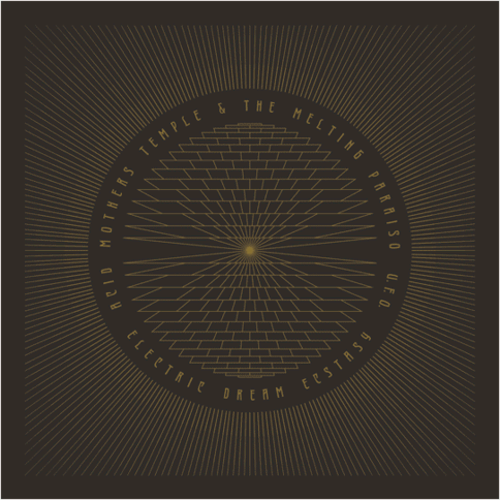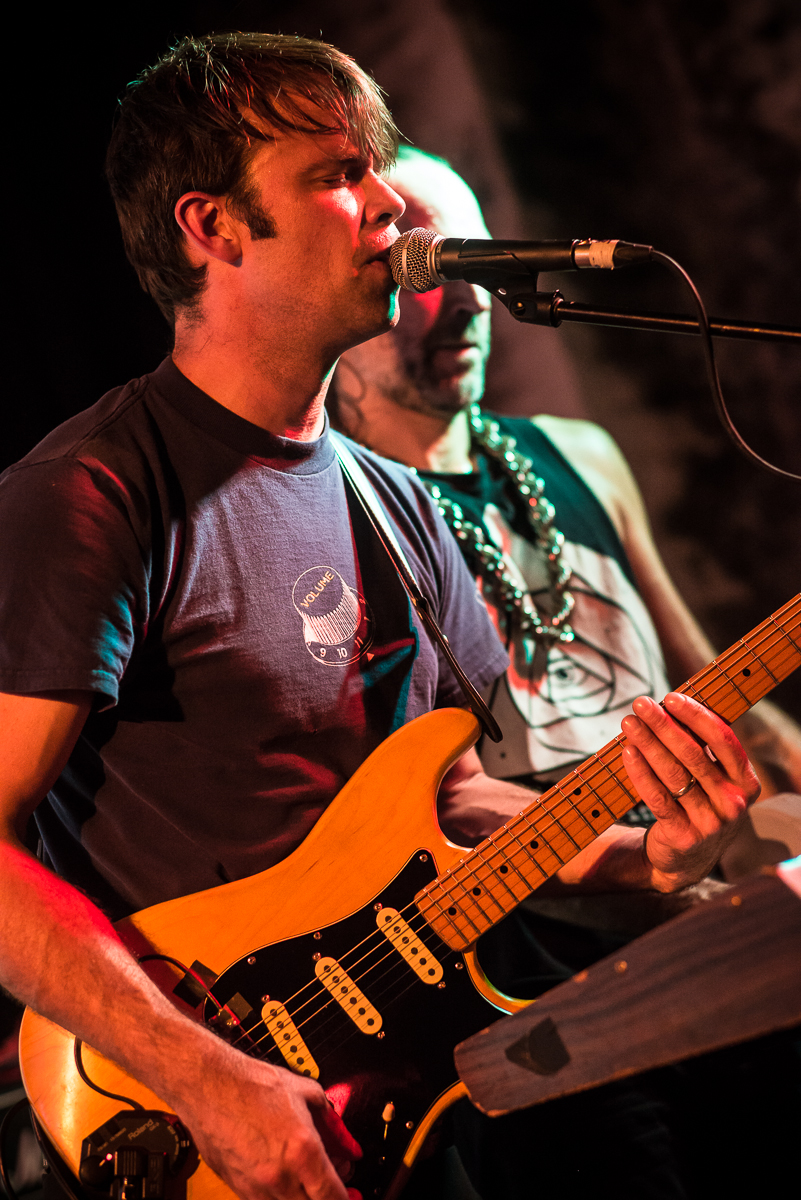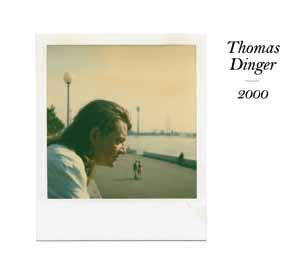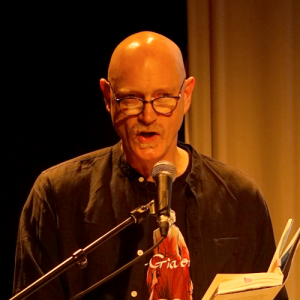 Jono Podmore has been at the studio controls of a host of musicians and bands since the 1990s, also releasing music as Kumo and as part of the all-analogue ensemble Metamono with Mark Hill and Paul Conboy. Jono is Professor of the Practice of Popular Music at the Musikhochschule in Cologne, where he runs the MA course in Production.
Jono Podmore has been at the studio controls of a host of musicians and bands since the 1990s, also releasing music as Kumo and as part of the all-analogue ensemble Metamono with Mark Hill and Paul Conboy. Jono is Professor of the Practice of Popular Music at the Musikhochschule in Cologne, where he runs the MA course in Production.
He has been a long-term collaborator with Irmin Schmidt of Can, and has recently edited a book on the life, theories and drumming techniques of the late Jaki Liebezeit, and Podmore also joined both Schmidt and Liebezeit alongside Burnt Friedman as Cyclopean. His recent session for Philippe Petit‘s Modulisme project is accompanied by the interview that follows:
When did you first become aware of modular synthesis as a particular way of making music, whether as part of electronic music in general or more specifically as its own particular format, and what did you think of it at the time?
I began to get my head around a Korg MS20 as a teenager when a friend of mine bought one, but the big step was when I first got my hands on an EMS VCS III when I studied music at Middlesex University in the 80s. Although using a patch field rather than patch cables, the system is truly modular and there are no normalled patches. It was at this point I began to really realise the potential of synths that are liberated from the medieval keyboard layout, with its focus on pitch change rather than sound change for expression. Also being modular meant being able to use the synth as an external signal processor using more complex sources that than the on-board oscillators.
What was your first module or system?
I acquired an Arp 2600 as part of a record deal in the 90s and have never looked back!How long did it take for you to become accustomed to patching your own synthesizer together out of its component parts?
For me, that was always part of the picture. I always built my sounds rather than taking one from a list and playing a keyboard solo with it.
Do you prefer single-maker systems (for example, Buchla, Make Noise, Erica Synths, Roland etc) or making your own modular synthesizer out of individual components from whatever manufacturer matches your needs.
There are such wonderful sounding coherent single-maker systems, but there is nothing wrong with enhancing that with other modules. For example, the pulse width on oscillator 2 of the Arp 2600 can be controlled via CV. If I use an external LFO for that (rather than the normalled noise generator or using oscillators 1 or 2), then I can have all three oscillators working together in the audio domain. So MORE Arp in a way!East Coast, West Coast or No-Coast (as Make Noise put it)? Or is it all irrelevant to how you approach synthesis?
I’m much closer to Buchla’s approach to electronic music than Moog‘s, BUT I adore the sound of Moog synths. As an artist you sometimes have to work against the musical pathways laid out for you by Moog gear — the ultimate expression being Switched On Bach. Baroque keyboard music — the synth as little more than slightly more varied organ. But as a producer, mixing and working with the sound of Moog synths is pure joy.
Do you tend to use pure modular systems, or do you bring in outside effects and devices when playing or recording?
Purity is not my department! I’ll use anything to get the job done as best as possible under the circumstances.Do you find that you record straight with no overdubbing, or do you end up multi-tracking and editing tracks in post-production?
Again, no rules about that. It depends on the project. This is the great advantage of a modular set up — you can rebuild it for each project’s needs.
Do you pre-patch your system when playing live, or do you tend to improvise on the spot?
I tend to have pre-patched starting points that develop, again depending on the project.
Which module could you not do without, or which module do you you use the most in every patch?
Back in 2000, my friend Chris Lilienthal built me a ring mod, LP filter and double LFO module which is fully CV-enabled, which I think I’ve used at some point on every production since!What do you think that can only be achieved by modular synthesis that other forms of electronic music cannot or makes harder to do?
It’s about building your own sounds from scratch and being able to use modules not necessarily for what they were intended that makes the modular approach unique.Have you used various forms of software modular (eg Reaktor Blocks, Softube Modular, VCVRack) or digital hardware with modular software editors (eg Nord Modular, Axoloti, Organelle), and if so what do you think of them?
I keep away from digital signal generation as much as I can. Computers are great for organising material and listing information, but pretty rubbish at generating audio.
What module or system you wish you had?
I’d love a Buchla 200e system, but who wouldn’t!Have you ever built a DIY module, or would you consider doing so?
I’ve had the soldering iron out once or twice for repairs, but I’d rather leave builds up to the professionals
Which modular artist has influenced you the most in your own music?
I wouldn’t call any of the composers and artists that have influenced me most over the years “modular artists”. The people that inspire me are the ones that can and use any sources or techniques to express an idea to its fullest potential.Can you hear the sound of individual modules when listening to music since you’ve been part of the modular world — how has it affected (or not) the way that you listen to music?
Certain modules do have their unique flavours and its fun to identify them or work out how they been used, but still the content has to be of primary interest — why the music exists rather than how.
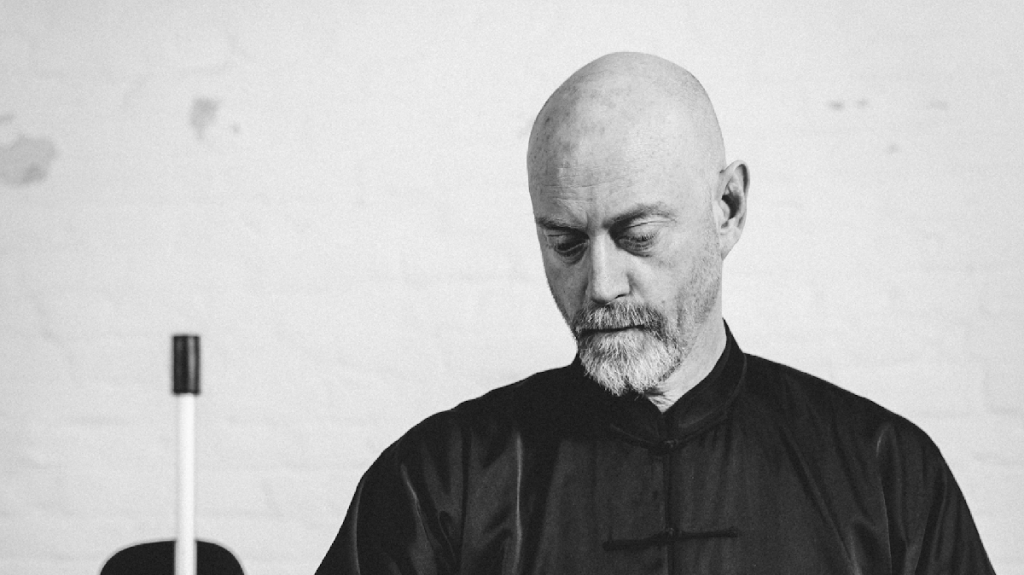 What have you been working on lately, and do you have any upcoming releases or performances?
What have you been working on lately, and do you have any upcoming releases or performances?
The other film project, called P.E, is a collaboration with film-maker Rui Martins. Rui has created slowly morphing 3D imagery which I’ve composed music for — using lots of modular synths, of course. So far we’ve created over an hour of material and there is more to come, and we’re looking to create installations. More info here.
I’ve been working with sound writer Swantje Lichtenstein for a number of years now, our last release was a site-specific live electronic piece Hallraum on cassette label Tapeworm. We’re planning more actions and recordings later this year.Can you outline how you patched and performed your Modulisme session?
The session consists of a number of pieces, some live, some studio from the last couple of months. Mostly I tend to use a different patch to create each individual sound, improvise with it, and then record, although I also create complex multi-timbral patches for live shows.
Who would your dream collaborator be for a Modulisme session or otherwise?
I’m very interested in the interface between music and other arts: plastic arts, film, choreography, literature. I’m really lucky to be able to work with talented people from other areas already, so my dream collaborator would be an artist from a sphere I’ve never ventured into before; or maybe not an artist at all, but someone from a science background.*
- Kumo’s Bandcamp site
- Psychomat Records
- Metamono‘s website
- Modulisme.

